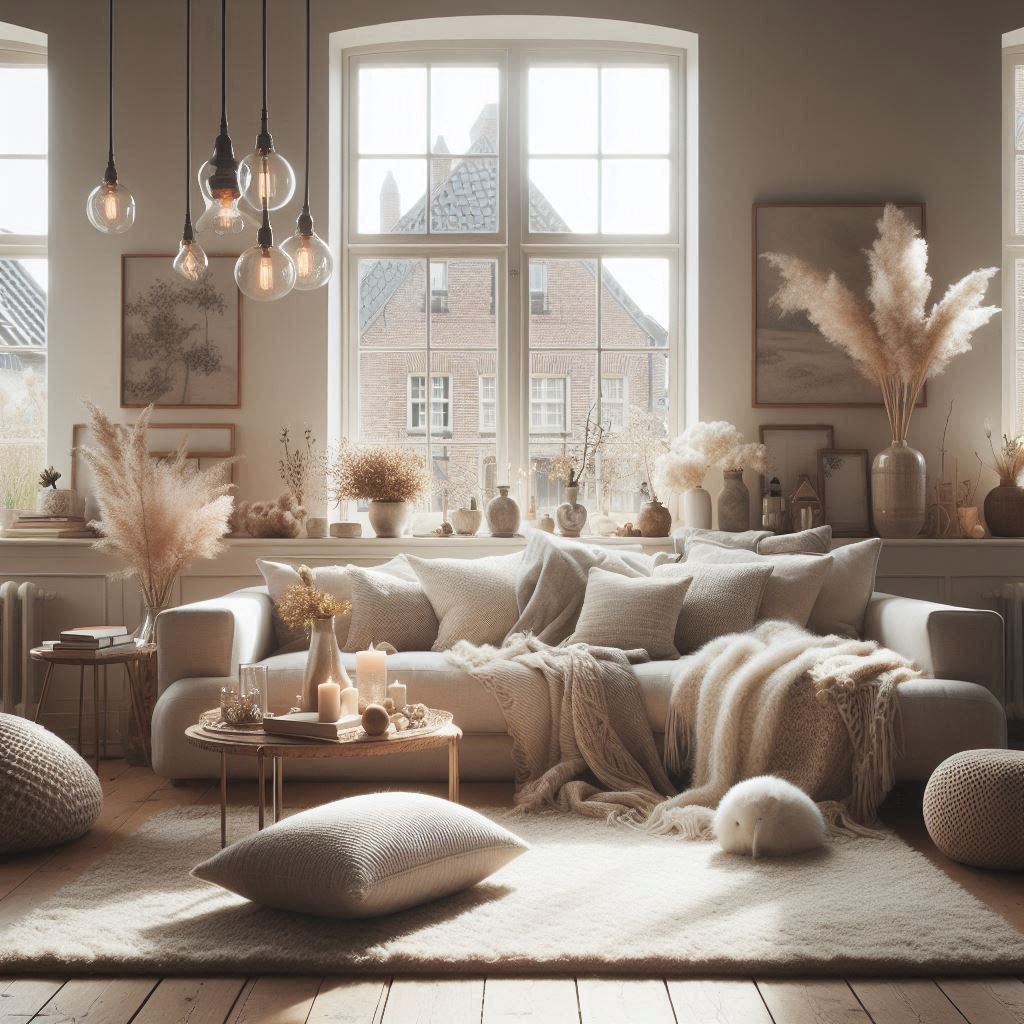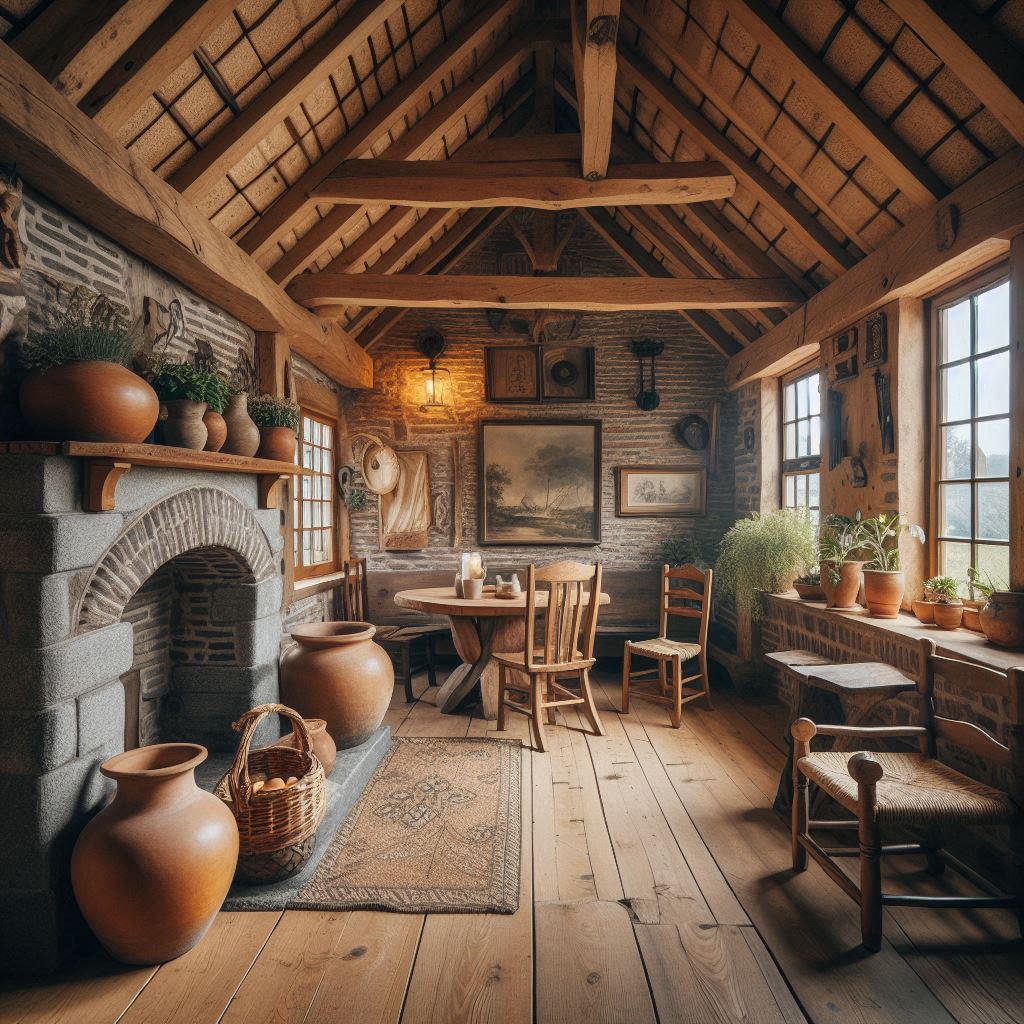Dutch interior design is all about clean lines and cozy vibes. But have you ever wondered if there are even more exciting trends in Dutch design that you haven’t discovered yet?

For instance, did you know that Dutch design can make your space feel bigger and brighter? It’s true! What about how certain colors can bring a fresh, modern touch to your home?
Also, have you thought about how minimalist spaces can still feel warm and inviting? By using natural materials like wood and stone, you can make your home feel more connected to nature.
With these 6 Dutch interior design trends, your home could feel completely new. Ready to dive into the world of Dutch design? Let’s explore these exciting ideas together and see how they can make your space stylish, unique, and truly one-of-a-kind!
So, why not give these trends a try and see the magic of Dutch interior design for yourself?
How Can Dutch Interior Design Trends Transform Your Home?
If you’re looking to refresh your space, Dutch interior design has some amazing trends that can completely change the way a room feels. These trends focus on simplicity, warmth, and using natural materials in clever ways. By following these trends, you can create a stylish yet cozy environment that is both modern and timeless.
Now, you might be wondering how you can make your space stand out with these Dutch design ideas. Well, whether you’re working with a small room or a larger space, these trends offer something for everyone. In addition, they’ll help you design rooms that are not only beautiful but also practical and welcoming.
So, keep reading to discover how these 6 Dutch interior design trends can transform your home. Trust me, once you see them, you’ll be excited to try them in your own space! These ideas will bring fresh energy to your design, making your home look and feel amazing.
What Are the 6 Key Dutch Interior Design Trends You Need to Know?
Dutch interior design is known for its sleek lines, cozy atmosphere, and clever use of natural materials. These trends not only look amazing but also make any room feel welcoming and functional. Whether you’re a designer working on a new project or someone looking to refresh your space, these trends will inspire you. Let’s explore them in detail!
1. Minimalism with a Cozy Twist
Dutch interior design thrives on minimalism, focusing on clean lines and open spaces. However, minimalism doesn’t mean empty or cold. Instead, Dutch design uses a “cozy minimalism” approach, where the space feels inviting and comfortable, not sterile.
Neutral colors like whites, greys, and beiges are commonly used to keep things simple. But to add warmth, designers incorporate soft fabrics like plush rugs, throw pillows, and blankets.
For interior designers, this trend is great for making a space feel airy and larger while still offering comfort. It’s all about finding the right balance between simplicity and coziness.

2. Natural Materials
One of the hallmarks of Dutch interior design is the use of natural materials. Wood, stone, and clay are staples in creating spaces that feel connected to nature.
For example, Dutch homes often feature wooden floors, stone walls, or clay pots, giving the space a grounded, earthy vibe. These materials add texture and warmth, making the environment feel more organic.
By using natural materials, interior designers can create spaces that are timeless and sustainable. Not only do these materials look beautiful, but they also offer durability and character, which is essential for long-lasting design.

3. Earthy Color Palettes
Dutch interior design is well-known for its earthy color schemes. Instead of bright, bold hues, you’ll find shades of beige, warm browns, soft greens, and muted yellows.
These colors create a relaxed and natural atmosphere in any room. The soft tones allow for flexibility in decorating, making it easier to mix and match different elements without overwhelming the space.
For interior designers, working with these colors allows you to create a sense of calm and balance in the room. The earthy tones also have a timeless quality, making them perfect for both modern and traditional spaces. Plus, they’re great for creating a space that feels welcoming and cozy.

4. Sustainable Design
Sustainability is an essential part of Dutch interior design. The Dutch are known for their commitment to eco-friendly practices, and this extends to interior design as well.
Sustainable design means using eco-friendly materials, choosing long-lasting furniture, and avoiding waste. For example, Dutch homes often feature energy-efficient lighting, sustainable furniture made from reclaimed materials, and decor items that are locally produced.
As an interior designer, it’s important to consider sustainability in your designs, as it not only helps the environment but also appeals to clients who value eco-conscious living. By incorporating sustainable design, you can create spaces that are not only beautiful but also environmentally responsible.

5. Vintage and Modern Mix
Dutch interior design has a unique way of blending the old with the new. It’s common to see modern furniture paired with vintage or antique pieces.
This fusion of old and new styles creates an interesting and personalized space. The modern pieces bring freshness and functionality, while the vintage items add character and history.
This combination allows interior designers to create spaces that feel both contemporary and timeless. By mixing different styles, designers can help clients express their personality and add charm to their homes. Dutch interior design embraces this mix, making each room feel fresh and full of life.

6. Indoor Plants
Indoor plants are another key element in Dutch interior design. Plants are not only a simple way to add color and texture to a space but also bring nature indoors.
Dutch homes are filled with greenery, from small potted plants to larger statement pieces like fiddle-leaf figs or rubber plants. These plants create a fresh and vibrant atmosphere while improving the air quality in your home.
For interior designers, incorporating plants into a design is an easy and affordable way to add life to a room. They help soften hard edges, improve the overall aesthetic, and create a sense of calm and connection to nature. Plus, they’re a simple way to bring the outdoors inside, which is a key part of Dutch interior design.

Conclusion
In conclusion, Dutch interior design combines beauty and practicality in a way that feels both timeless and fresh.
By using cozy minimalism, natural materials, and earthy color palettes, Dutch design creates spaces that are not only stylish but also comfortable. These elements work together to make a room feel welcoming and balanced.
Additionally, sustainable design, the mix of vintage and modern pieces, and the inclusion of indoor plants are key factors that add personality and warmth. These features help create an atmosphere that feels relaxed yet sophisticated.
For interior designers, adopting these Dutch interior design trends can make a real impact. Not only do they help you create beautiful, functional spaces, but they also offer your clients a sense of sustainability and comfort.
Ultimately, by embracing these trends, you can stay ahead of the competition, ensuring that your designs are both trendy and long-lasting. Whether you’re working on a home or commercial project, Dutch interior design trends can inspire your next big idea.
